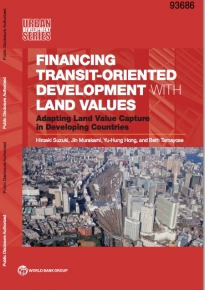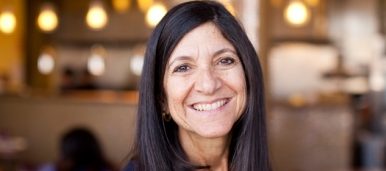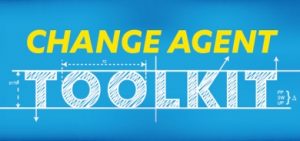MPP Students Win Net Impact Consulting Challenge The team of mostly Luskin MPP students won first place at the UCLA Anderson School’s Net Impact Consulting Challenge.

By Adeney Zo
UCLA Luskin student writer
Despite heavy competition from 24 other teams made up of MBA students, an interdisciplinary team of mostly Luskin MPP students won first place at the UCLA Anderson School’s Net Impact Consulting Challenge.
Each team was assigned to assist a nonprofit organization for two weeks. At the end of this period, the teams presented their strategies for improving the organization to a panel of judges. The judges considered criteria such as presentation, quality of analysis, recommendations, and feasibility before reaching a final decision.
“We really didn’t expect to win,” said MPP student Terra Bennett, one of the three Luskin students on the victorious team. “I think it came as a shock to all of us.”
Bennett’s team was assigned to Worksite Wellness LA, a nonprofit that provides healthcare information and resources to workers without access to insurance. The team helped evaluate Worksite Wellness’ program development and provided data analysis and modeling.
“Nobody does what they do. They serve people who are the hardest to reach and hardest to get insured,” said Bennett. “We didn’t do the challenge to win, but to offer something they actually needed.”
Team members Edith Medina (MPP), Magaly Lopez (MPP), Terra Bennett (MPP), Allison Faris (MBA), and Michelle Miro (Civil Engineering PhD) received a $5000 prize for their efforts.









